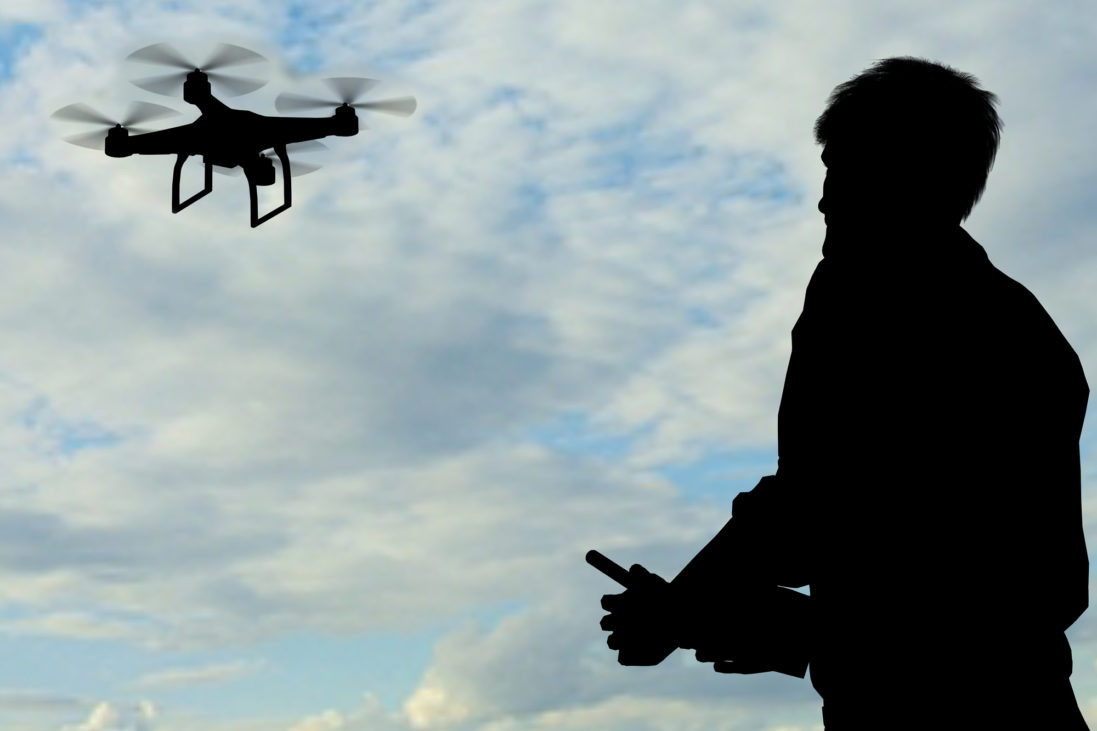
March 4, 2020
Citing many unresolved concerns to matters important to business aviation operators and others, NBAA urged the FAA to reconsider its current stance on remote identification (RID) capabilities of unmanned aircraft systems (UAS) in comments submitted March 2 to a notice of proposed rulemaking (NPRM) on the matter.
“Our comments reflect the work of NBAA’s new Emerging Technologies Committee (ETC) and the wealth of expertise we’ve brought to the table,” said Heidi Williams, NBAA director for air traffic services and infrastructure and staff liaison to the ETC. “While NBAA supports the agency’s efforts to implement RID, we are concerned with a lack of clarity in multiple aspects of the NPRM, and feel the FAA failed to adopt the suggestions from its own RID rulemaking committee.”
Maintaining operator privacy and shielding RID data from the general public are top concerns for NBAA and its member companies, and the association noted the NPRM “falls short of providing clear direction” on how that will be addressed.
“A possible solution to this privacy challenge would be to have a benign identifier available to the public,” NBAA suggested, mirroring similar programs across other modes of transportation. “[I]f there is an absolute need to provide public access to all data elements, NBAA requests a program like the Limiting Aircraft Data Displayed (LADD) program be implemented for UAS operators.”
NBAA also raised concerns about the financial burden mandatory RID equipage would place on smaller manufacturers and operators; NPRM language confining recreational model aircraft and UAS flights to far distant areas, which could also hinder some commercial operations; and that although the NPRM cites the potential for night operations, flight over populated areas and beyond-visual-line-of-sight UAS operations, “none are part of [this] proposal.”
The association also questioned the FAA’s decision to address frequency congestion from transponders or ADS-B signatures from UAS operating under 400′ above ground level, adding the NPRM fails to identify what altitude reading would be appropriate – “whether it is pressure or true and if there be calibration requirements for altitude recording equipment.”
“UAS operators and NBAA member companies will be significantly impacted by this NPRM,” noted the association. “In light of the impacts and many responses to the NPRM, NBAA recommends the FAA analyze this round of comments and issue a revised or second NPRM with opportunity for comment before going to a final rule.”
Williams added more than 40,000 comments were submitted in response to the NPRM, an “astronomical” figure highlighting the significant concerns of stakeholders across a broad spectrum of the aviation industry. “We join with thousands of others across our industry in recommending the FAA take another stab at the pie on this issue.”


 International Business Aviation Council Ltd.
International Business Aviation Council Ltd.